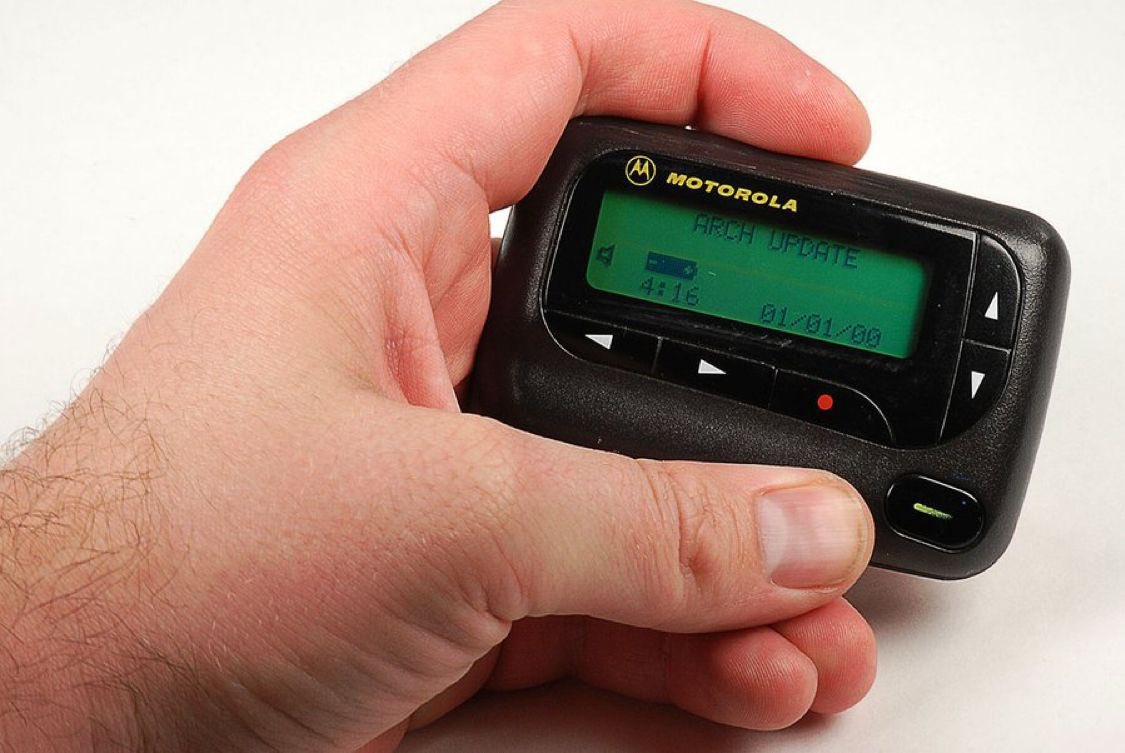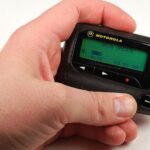
what is Pagers and How Israeli Hack Targeted Hezbollah Soldiers’ Pagers
- Hezbollah Communication Device Explosions: Hack Leads to Deadly Incident in Southern Lebanon

On Tuesday 17/09/2024 , a major security breach led to a series of explosions in southern Lebanon and the southern suburbs of Beirut, causing significant casualties among Hezbollah fighters. The explosions, linked to wireless communication devices used by the group, left hundreds injured and at least nine people dead. The incident has raised concerns about the vulnerabilities of modern communication technologies, particularly in conflict zones, and the growing role of cyber-attacks in military operations.
What Happened?
According to multiple security sources, the explosions occurred in various regions where Hezbollah operates, including southern Lebanon, the Bekaa Valley, and the southern suburbs of Beirut. Wireless communication devices used by Hezbollah members were reportedly hacked and rigged with explosives, leading to a devastating outcome. The devices, imported months prior, were essential tools for Hezbollah’s communication network, but they had been secretly tampered with to cause deadly detonations.
A Lebanese security source revealed that the devices were pre-rigged with small explosive charges, weighing no more than 20 grams. These devices, typically used for communication within the Hezbollah network, became lethal when external hackers triggered the explosions. Hospitals in the affected areas urgently requested blood donations as they struggled to treat the large number of injured fighters. Witnesses reported seeing Hezbollah members bleeding heavily, with many requiring immediate medical attention.
What is pagers devices
Pager communication devices, commonly referred to simply as “pagers,” are small wireless devices used to receive and sometimes send short messages. Pagers were widely used before the widespread adoption of cell phones and are still used in some industries today for specific purposes. Here’s how they generally work:
- Receiving Messages: Most pagers are designed to receive text or numeric messages. When a message is sent to a pager, it receives a signal from a transmitter via a designated frequency, allowing the message to be displayed on the device’s screen.
- One-Way vs. Two-Way Pagers:
- One-Way Pagers: These devices only receive messages. A person would typically dial a number and leave a message through a service, which is then transmitted to the pager.
- Two-Way Pagers: These allow the user not only to receive messages but also to send responses or initiate communication.
- Wireless Networks: Pagers communicate via wireless networks, typically using radio signals. These networks cover large areas, making it possible to send messages over long distances.
- Use Cases: Pagers are still used in specific industries, like healthcare, where professionals need reliable, real-time notifications that might not rely on cellular networks. They’re valued for their long battery life, reliability in areas where cell service may be weak, and simplicity.
In the context of Hezbollah’s use of these devices, it seems they were using wireless communication equipment, likely pagers or similar devices, to communicate across regions. The mention of “explosive charges” in this case suggests that these devices were modified or tampered with, potentially as part of a targeted operation, which resulted in the explosions. The security reports imply the devices were sabotaged, possibly by external forces like Israel, according to the accounts, leading to the tragic injuries and loss of life.
Israeli Involvement Suspected
Several reports have pointed to Israel as the likely perpetrator of the hack. Agence France-Presse cited a source close to Hezbollah as saying that the group believed the incident was an “Israeli breach.” The attack involved highly sophisticated technology that allowed the hackers to gain control of the wireless communication devices remotely and activate the explosive charges. Israel has long been involved in covert operations and cyber-warfare in the region, and this attack fits a pattern of targeted strikes aimed at weakening Hezbollah.
Details of the Devices and Explosions
The devices that exploded were believed to be “pagers” or similar wireless communication tools used for secure messaging between Hezbollah members. Pagers, once widely used before the advent of cell phones, still play a role in specific industries and organizations for their reliability. These particular devices were part of Hezbollah’s communication infrastructure, used to transmit messages across key operational areas.
The pagers were imported five months earlier, and it remains unclear how the explosive charges were introduced into the devices. Security forces are investigating several hypotheses regarding how the devices were tampered with, including the possibility of infiltration during the supply chain process or a remote attack that planted malware into the devices’ software.

Casualties and Impact
The explosions caused widespread injuries, with at least nine people confirmed dead and 2,750 others injured, according to a security source. The scale of the incident was so severe that local hospitals were overwhelmed, leading to calls for emergency blood donations. Journalists on the scene reported seeing at least ten Hezbollah members bleeding from their injuries in the southern suburbs of Beirut.
This incident has had a profound impact on Hezbollah’s operations, as the group’s communication systems, a crucial element of its military strategy, were severely compromised. The attack not only resulted in significant human losses but also exposed weaknesses in Hezbollah’s technological infrastructure, making it vulnerable to future cyber-attacks.
Can these devices be controlled and detonated remotely using malware?
Yes, in theory, communication devices like pagers or other wireless systems can be compromised and potentially controlled or detonated remotely using malware, though it depends on the design and vulnerabilities of the specific devices.
- Here’s how such an attack could work:
1. Malware Exploiting Vulnerabilities:
If the communication devices (like pagers or wireless radios) are connected to a network and have programmable software, malware could exploit weaknesses in their systems. If these devices have embedded software or firmware, malicious actors could introduce malware that changes how the devices operate. This could involve modifying the device to trigger actions like detonation if explosives are attached.
2. Remote Access:
Malware could provide remote access to attackers, allowing them to take control of the devices. Through this, they might send specific signals or commands that could detonate the explosive payloads, assuming the devices are wired for such functions.
3. Wireless Exploitation:
If the pagers or wireless communication systems use radio frequencies, attackers might manipulate these frequencies to trigger devices. For example, by using a denial of service (DoS) attack or signal hijacking, an attacker could trigger pre-installed explosive mechanisms.
4. Pre-Rigged Devices:
In the situation you mentioned, where the pagers were pre-rigged with small explosive charges, it’s possible the devices were pre-programmed or altered to be susceptible to remote detonation. The source indicated that they were detonated by an external “hack,” which implies a form of cyber-attack.
5. Examples of Remote Detonation:
Remote detonation through wireless devices is not unprecedented. Various forms of improvised explosive devices (IEDs) have been detonated using cell phones, radios, or other wireless communication tools by sending specific signals that trigger a detonation.
In summary, while pagers themselves are relatively simple devices, if they are rigged with explosives and vulnerable to wireless hacking or malware attacks, it is technically feasible for them to be controlled or detonated remotely. This scenario could involve sophisticated cyber tactics to introduce malware or remotely exploit the communication system’s vulnerabilities.
Conclusion:
The explosion of Hezbollah’s communication devices in southern Lebanon underscores the growing threat of cyber-warfare in modern conflicts. The suspected Israeli hack that led to the detonation of pre-rigged communication tools demonstrates how technology can be exploited to cause large-scale harm. This incident raises important questions about the security of communication networks in war zones and the increasing use of cyber tactics in military operations. For Hezbollah, the attack represents a critical blow, both in terms of human loss and operational capability, and serves as a stark reminder of the dangerous intersection between technology and modern warfare.















I do not even know how I ended up here but I thought this post was great I do not know who you are but certainly youre going to a famous blogger if you are not already Cheers
naturally like your web site however you need to take a look at the spelling on several of your posts. A number of them are rife with spelling problems and I find it very bothersome to tell the truth on the other hand I will surely come again again.
Great information shared.. really enjoyed reading this post thank you author for sharing this post .. appreciated